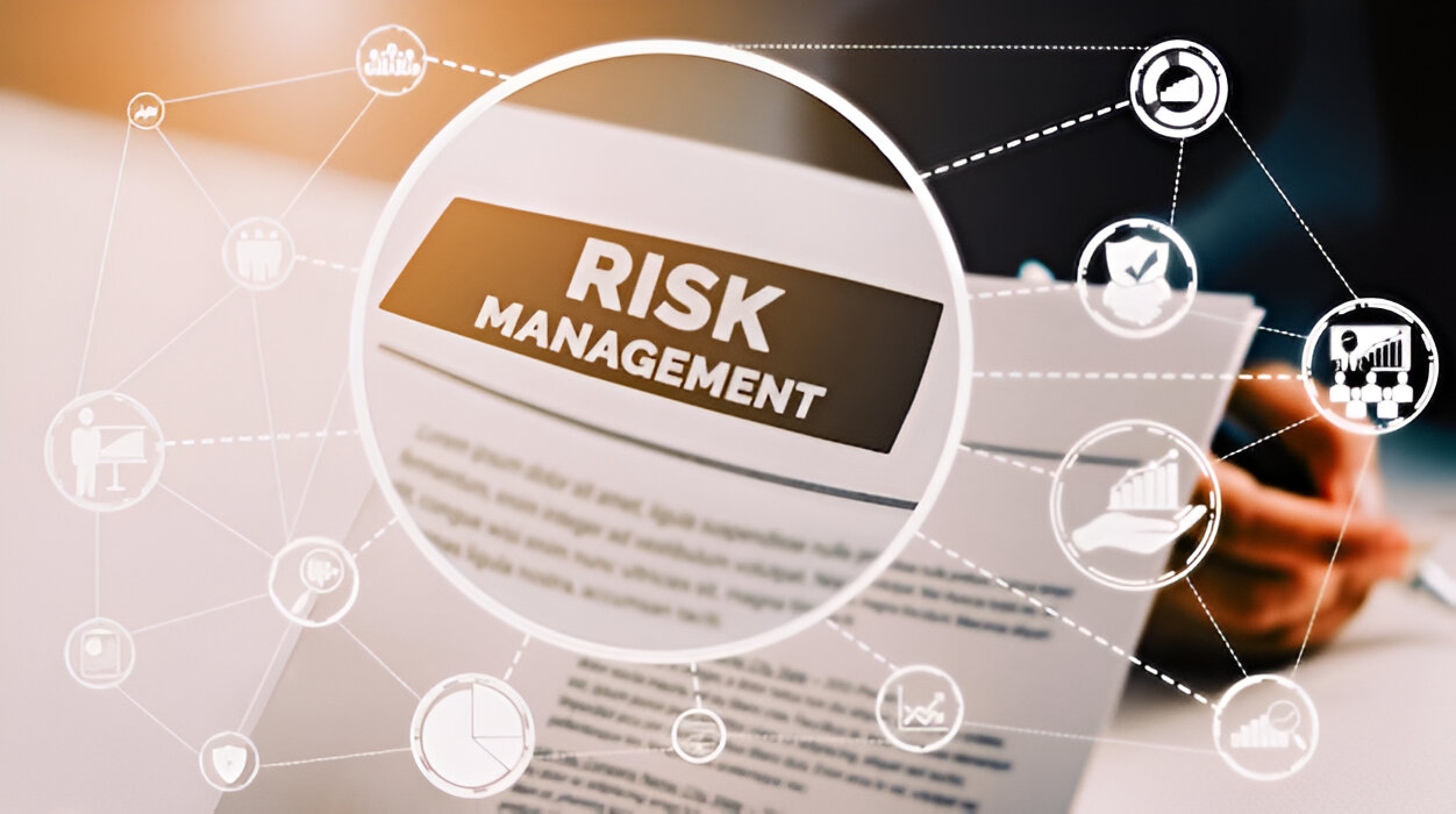Layering is the second stage of the money laundering process, where illicit funds are deliberately moved, spread, or disguised to make tracking them difficult for authorities. It is a crucial step for money launderers, as it distances the illegal proceeds from their source, making detection by law enforcement more challenging. Understanding the layering process is vital for businesses, especially financial institutions, to enhance their Anti-Money Laundering (AML) strategies and comply with regulations such as Know Your Customer (KYC) and Enhanced Due Diligence (EDD).
1. What is Layering?
Layering is the process of making the origin of illicit funds harder to trace by creating complex layers of financial transactions. The goal is to obscure the paper trail, effectively “laundering” the money and integrating it into the legitimate financial system. During this stage, criminals use various methods to separate the illegal proceeds from their origins, including international wire transfers, the use of shell companies, and buying and selling high-value assets.
In this stage, funds are moved between multiple accounts, often across different countries with varying levels of regulation, to confuse investigators. Transactions may be conducted in quick succession, and multiple banks, currencies, or financial products may be used to create a complicated web of transfers that is difficult to untangle.
2. Methods Used in the Layering Process
Layering involves a variety of sophisticated techniques that aim to confuse the paper trail and hide the source of funds. Some of the most common methods used by criminals during the layering stage include:
- Smurfing: This involves breaking down large amounts of money into smaller, less conspicuous sums and depositing them into multiple bank accounts. This tactic avoids triggering suspicion by staying below regulatory reporting thresholds.
- Complex Financial Instruments: Criminals may use complex financial products, such as derivatives or futures, to move money around and obscure its origins. These instruments can be particularly challenging to trace, as they often involve multiple parties and jurisdictions.
- Use of Crypto Assets: Cryptocurrencies have become popular in the layering stage due to their anonymity. Funds can be converted into cryptocurrencies and moved across different wallets and exchanges, making them challenging to trace.
Criminals often use a combination of these methods to create multiple layers, making it nearly impossible for law enforcement agencies and financial institutions to track the movement of funds. This complexity is what makes layering one of the most challenging stages of money laundering to detect.
3. Cross-Border Transactions and Shell Companies
Layering often involves cross-border transactions that take advantage of countries with less stringent AML regulations. Criminals transfer funds between multiple jurisdictions to exploit gaps in international cooperation and take advantage of countries with weak oversight. This adds a significant layer of complexity for law enforcement, which may have limited authority or resources to trace funds internationally. Funds are moved across borders to take advantage of varying regulatory standards. By transferring money across different countries, launderers create an intricate web of financial movements that is difficult for authorities to follow.
Shell companies also play a significant role in the layering process. These are entities that exist only on paper and do not conduct any actual business operations. Criminals use them to conceal the true ownership of assets and accounts, making it difficult to trace the origin of funds. By routing money through multiple shell companies, they add layers of transactions that obscure the money trail and make it challenging for law enforcement to identify the true beneficiaries.
This cross-border nature and the use of shell companies contribute to the difficulty in detecting layering activities, as authorities must navigate multiple legal jurisdictions and regulatory environments that may not be aligned in their AML efforts.
4. Investments in High-Value Goods
Money launderers frequently invest in high-value goods as part of the layering process. These goods include real estate, luxury cars, yachts, jewelry, and artwork. The purchase of such items helps further obscure the illicit origin of the funds, as these transactions create additional layers that complicate the audit trail.
- Real Estate: Purchasing properties is a common tactic, as it allows criminals to convert illicit cash into valuable assets. Real estate transactions often involve multiple intermediaries, such as realtors and lawyers, adding further layers of complexity. Additionally, properties can be sold, allowing launderers to introduce proceeds from the sale as legitimate funds.
- Luxury Goods: Items such as expensive cars, jewelry, and artwork are bought to integrate illicit money into the legal economy. These assets can be resold later, effectively “cleaning” the money and making it appear legitimate.
This use of high-value assets is effective because it not only integrates illegal money into the economy but also provides criminals with tangible assets that can appreciate in value, offering both cover and potential profit.
5. Challenges of Detecting Layering
Detecting layering in money laundering is particularly challenging for financial institutions and law enforcement agencies due to the complexity and volume of transactions involved. Criminals deliberately create complicated financial structures, often involving numerous countries, to exploit differences in regulatory environments. Layering frequently involves international transfers, making it difficult for authorities in one jurisdiction to track the entire flow of funds. The lack of a unified global AML framework allows criminals to exploit regulatory loopholes.
Criminals often move money quickly between accounts and jurisdictions to stay ahead of law enforcement, making it challenging for financial institutions to flag suspicious activities in real-time. By integrating illicit funds into legitimate businesses, money launderers create a mixed flow of legitimate and illegitimate funds, making it difficult to distinguish between the two. Businesses like restaurants, car dealerships, or real estate firms may be used to commingle funds, reducing the likelihood of detection.
To counter these challenges, financial institutions must adopt robust AML measures, including real-time monitoring, enhanced transaction analysis, and KYC procedures to verify the legitimacy of customers and their transactions. This comprehensive approach can help mitigate the risks associated with the layering process.
6. Importance of AML Measures in Combating Layering
To effectively combat layering, financial institutions must implement strong AML compliance programs. This includes conducting thorough KYC checks during customer onboarding, using Enhanced Due Diligence (EDD) for high-risk clients, and employing advanced transaction monitoring systems to identify suspicious patterns.
- Advanced Transaction Monitoring: Automated systems equipped with artificial intelligence (AI) can help detect unusual transaction patterns associated with layering. These systems analyze transaction histories and identify anomalies that could indicate money laundering activities.
- Training and Awareness: Staff training is crucial in ensuring that employees can identify potential red flags associated with layering. Regular AML training sessions should include examples of layering techniques and ways to recognize suspicious activities.
- Collaboration with Authorities: Financial institutions must also collaborate with national and international law enforcement agencies to share information about suspected money laundering activities. Cross-border cooperation is vital in tracking layered funds that have been moved across multiple jurisdictions.
7. The Role of Technology in Identifying Layering
Technology plays a vital role in identifying layering activities. The use of AI, machine learning, and big data analytics has revolutionized the way financial institutions detect and prevent money laundering. These technologies can analyze large volumes of data to identify patterns that might be missed by human analysts.
Machine learning algorithms help detect new patterns of money laundering by analyzing vast amounts of data and learning from past cases. This makes it possible to identify suspicious activities that may not conform to traditional red flags. As criminals continually adapt their tactics, machine learning provides a dynamic approach to AML compliance, allowing financial institutions to keep up with evolving money laundering methods.
Blockchain analysis tools have also become essential in the fight against money laundering, particularly with the rise of cryptocurrencies. These tools help trace the movement of funds across wallets and exchanges, making it harder for criminals to use cryptocurrencies for layering without detection. Blockchain’s inherent transparency can be leveraged to track the flow of illicit funds, though it still requires sophisticated tools to interpret and analyze the vast amounts of transaction data recorded on the blockchain.
By using a combination of AI, machine learning, and blockchain analysis, financial institutions can significantly enhance their ability to detect layering activities and protect the financial system from abuse by money launderers.
8. International Cooperation and Regulatory Challenges
Layering often exploits differences in regulatory standards across countries, making international cooperation essential for combating money laundering. Criminals take advantage of the lack of coordination between countries to move funds across borders, making them difficult to trace.
Different countries have varying levels of AML enforcement, which creates opportunities for money launderers to exploit weaker jurisdictions. These gaps in regulations can make it easier for criminals to layer their funds by moving them to countries with less stringent controls. International cooperation and information sharing are crucial in detecting and preventing layering. Agencies such as the Financial Action Task Force (FATF) work to promote global standards for AML compliance, but effective implementation requires countries to actively participate in information exchange and law enforcement cooperation.
Financial institutions must also navigate complex regulatory environments when dealing with international transactions. They need to ensure compliance with multiple jurisdictions’ AML laws, which can be challenging when regulatory standards differ significantly. Enhanced cooperation between countries is essential to close these regulatory gaps and improve the global fight against money laundering.
9. The Human Element in AML Compliance
While technology plays a crucial role in detecting layering, the human element remains vital in AML compliance. Experienced compliance officers are needed to interpret the data generated by automated systems, make informed decisions, and escalate suspicious cases for further investigation.
Automated systems can flag unusual transactions, but human experts are needed to assess whether these transactions are genuinely suspicious. This requires knowledge of money laundering techniques, industry-specific risks, and customer behavior. Continuous training is also essential to ensure compliance officers remain well-informed about the latest money laundering trends and tactics. Regular workshops, certifications, and updates on AML regulations help maintain an effective defense against money laundering.
The combination of advanced technology and skilled personnel is key to effectively detecting and preventing layering. Financial institutions must invest in both areas to build a comprehensive AML compliance framework that can adapt to the changing tactics of money launderers.
Conclusion
The layering stage of money laundering is one of the most complex and crucial phases in the process of disguising the origins of illicit funds. It involves numerous transactions and often crosses multiple jurisdictions, making it difficult for authorities to trace and identify the true source of the money. Financial institutions must implement robust AML strategies that focus on understanding transaction patterns, leveraging advanced technology, and collaborating with regulatory bodies to effectively detect and prevent the layering of funds.
By adopting cutting-edge technologies such as artificial intelligence, machine learning, and blockchain, institutions can significantly enhance their monitoring capabilities and reduce the risk of money laundering. Moreover, ensuring that employees are well-trained and that internal processes are aligned with regulatory requirements will help institutions stay proactive in identifying suspicious activities.
Ultimately, a comprehensive AML compliance framework that prioritizes vigilance, continuous monitoring, and collaboration with industry stakeholders will help curb the impact of money laundering on the global financial system. By remaining informed and responsive to new laundering techniques, financial institutions can protect themselves and contribute to a safer, more transparent financial landscape.




